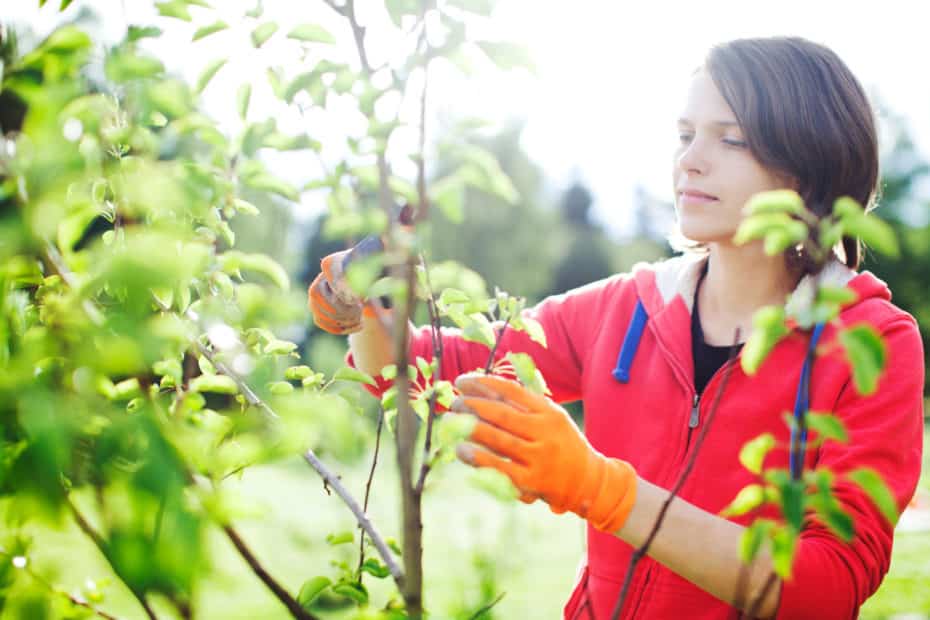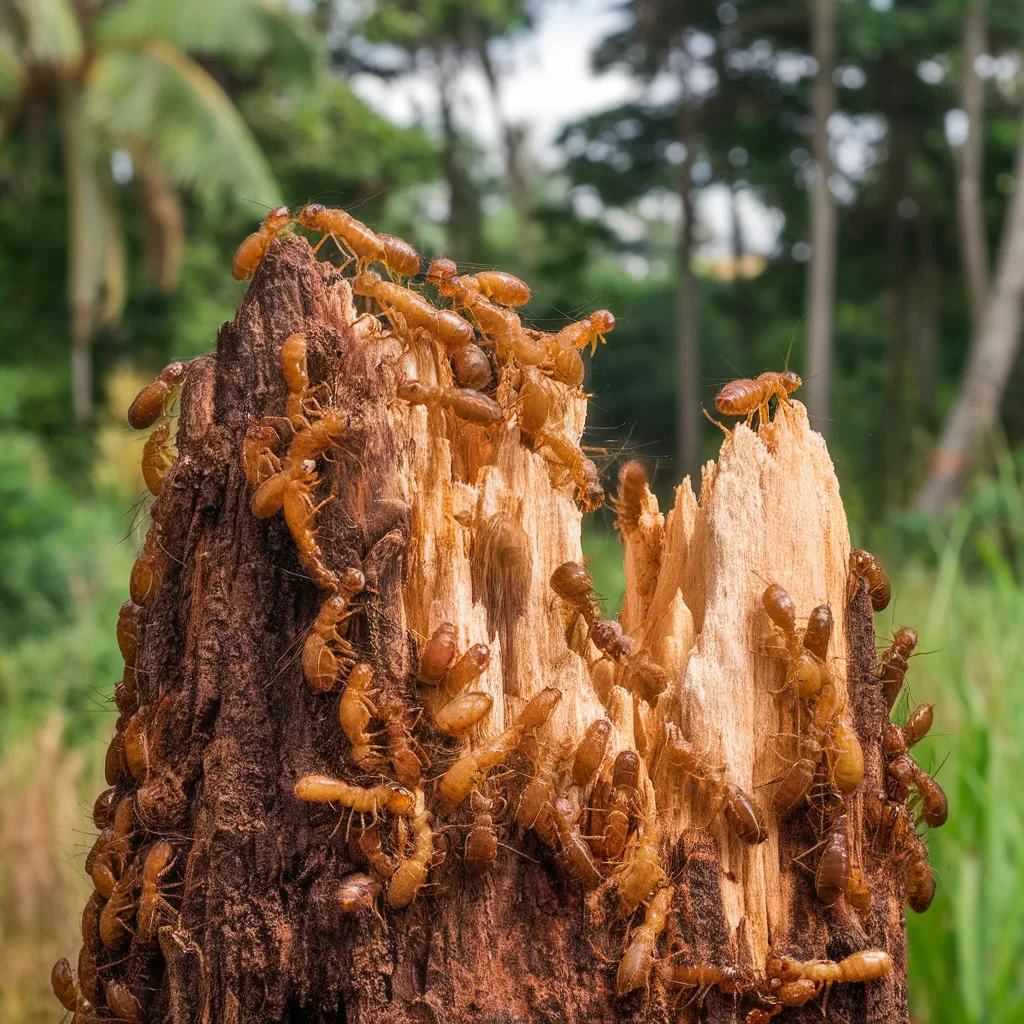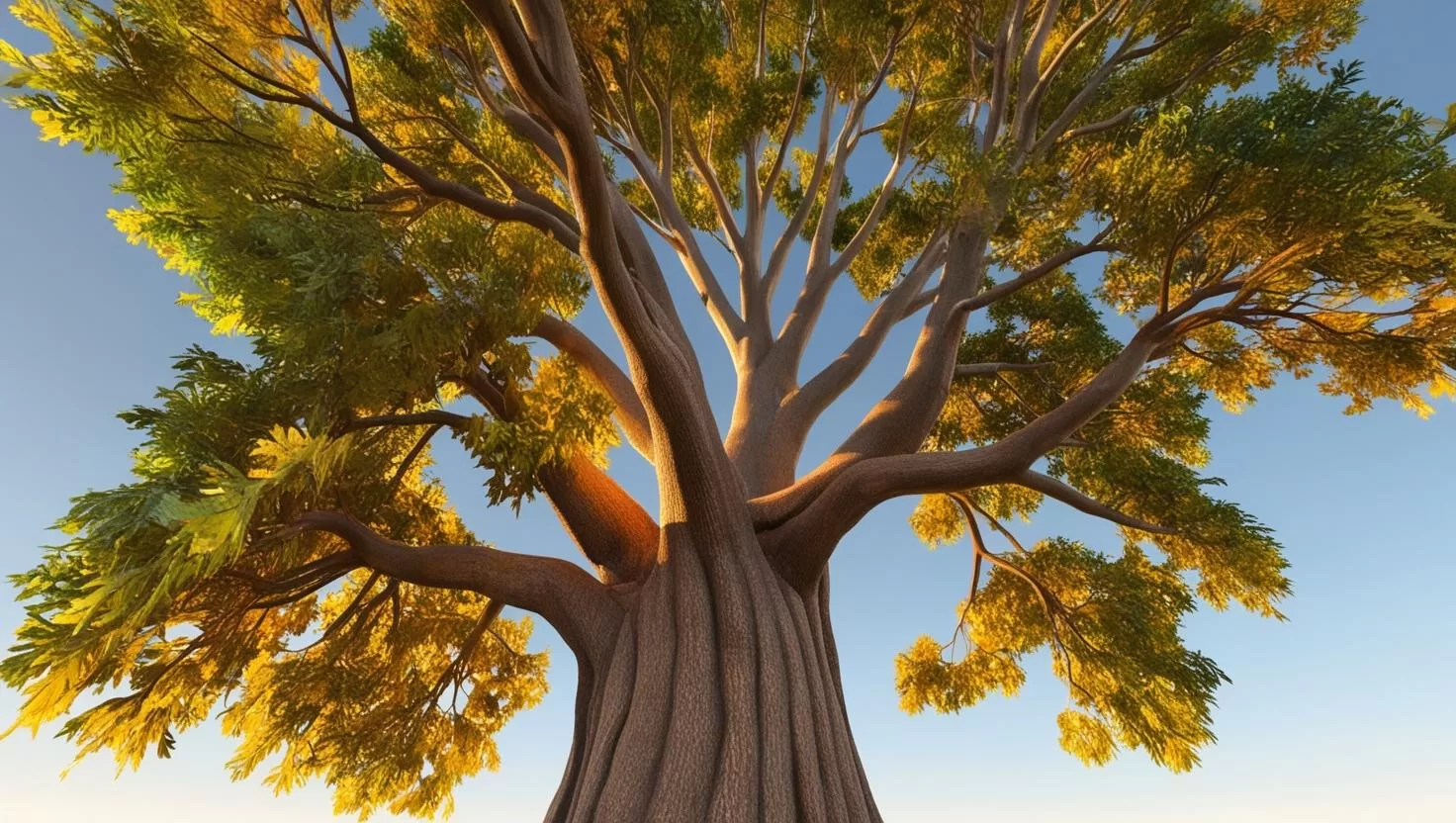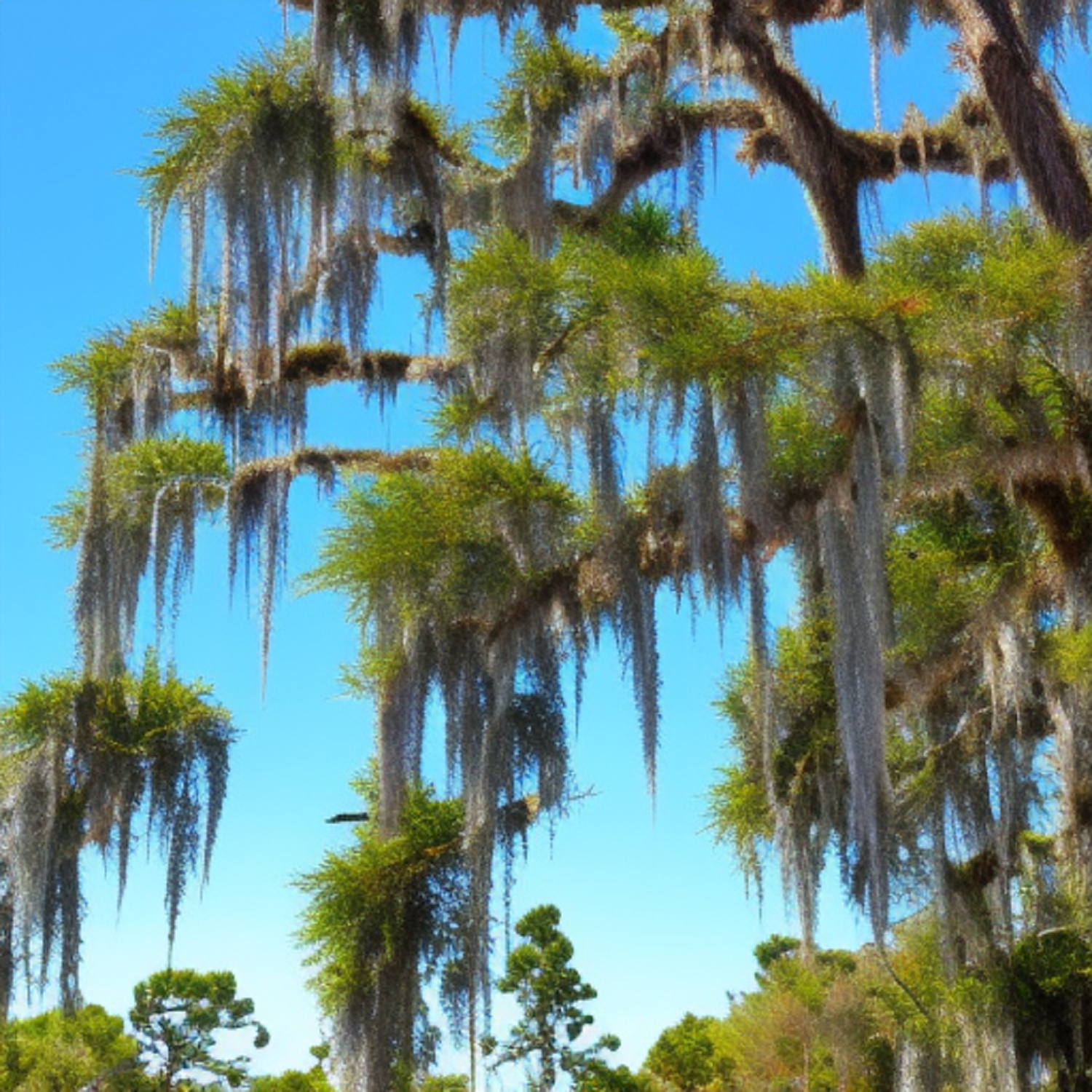Spring is upon us and cleaning up the mess from fall and winter is a good first step to a beautiful summer landscape. Pruning is a huge part of this. Clear out broken branches, dead plants, and rogue growth before the sap runs.
Spring is not the right time to prune the flowering trees in the yard if the buds are bursting. If it is still late winter in the garden, it’s not too late to remove the branches that are too low or angled to cross another branch. Thin out the spots where air and light are restricted by too many small twigs.
Some trees and shrubs can still be pruned before the buds have turned out:
- Bradford pear
- Burning bush
- Crape Myrtle
- Flowering Dogwood
- Honeysuckle
- Purple leaf sand cherry
- Redbud
- Spirea
- Wisteria
Some spring-flowering trees and shrubs are better pruned after the flowering season is over. These species are particularly ripe to be pruned after blooming:
- Azalea
- Chokecherry
- Flowering crab apple
- Flowering plum
- Forsythia
- Hydrangea
- Lilac
- Magnolia
- Mock orange
- Mountain Laurel
- Rhododendron
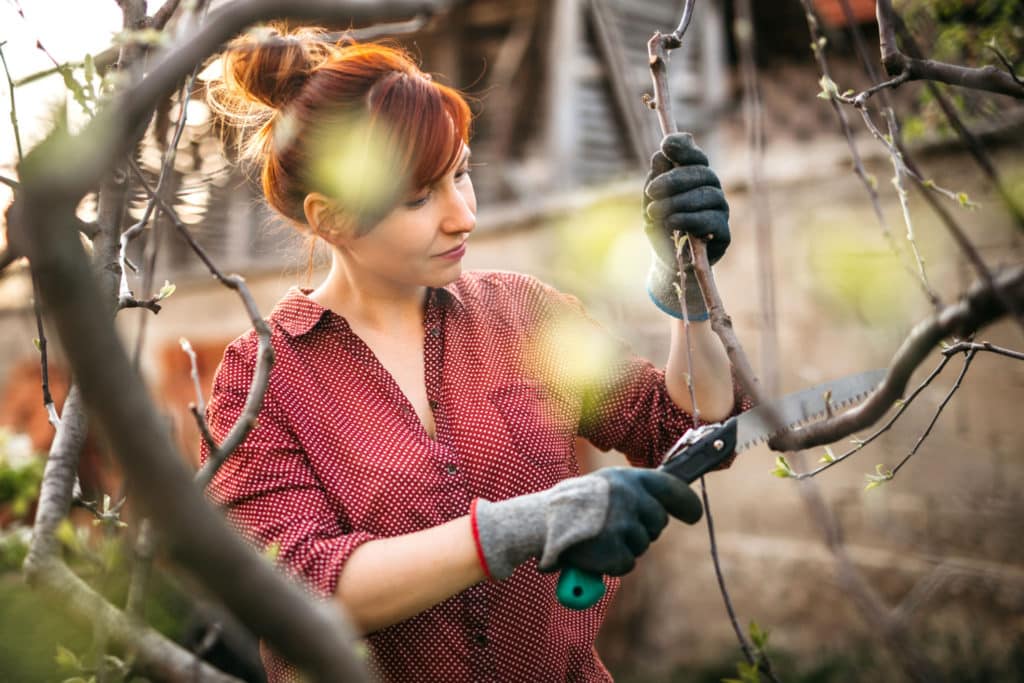
Learn Before Pruning
Before pruning, a good tutorial is in order. For the beginner, the Arbor Day Foundation has a useful and fun site on tree pruning. It has an animated guide that will take the novice through the basics with visual and interactive training.
Pruning too close to the trunk or “topping” a young tree can be damaging. Before starting to cut, it is wise to review the experts’ advice on leaving the collar of a branch and angling the cut just enough and not too much.
A tree or shrub with multiple little shoots above the root ball has a problem called suckers. This is particularly troublesome with species that are grafted onto another species’ root ball. The suckers will take some of the energy the plant needs to remain vigorous and strong.
Suckers should be cut away, but expect that they will be back. Extra topsoil or mulch over the root ball may help slow them down.
Good Reasons to Prune Thoroughly
There are several reasons to prune trees and shrubs. Pruning in the right way encourages the shape and growth of plants. Leaving lots of low branches or allowing the center of a plant or tree to become thick will mean the plant will grow outward and not upward. The death of lower leaves in the center of a shrub signals a need for more pruning.
Many homeowners are afraid to do too much with pruning shears. However, the experts say that too little pruning is worse than too much. Too little pruning can encourage decay and disease. Too much pruning, short of killing the plant entirely, will always right itself in a growing season or two, much like cutting too much hair off usually rights itself by growing out again.
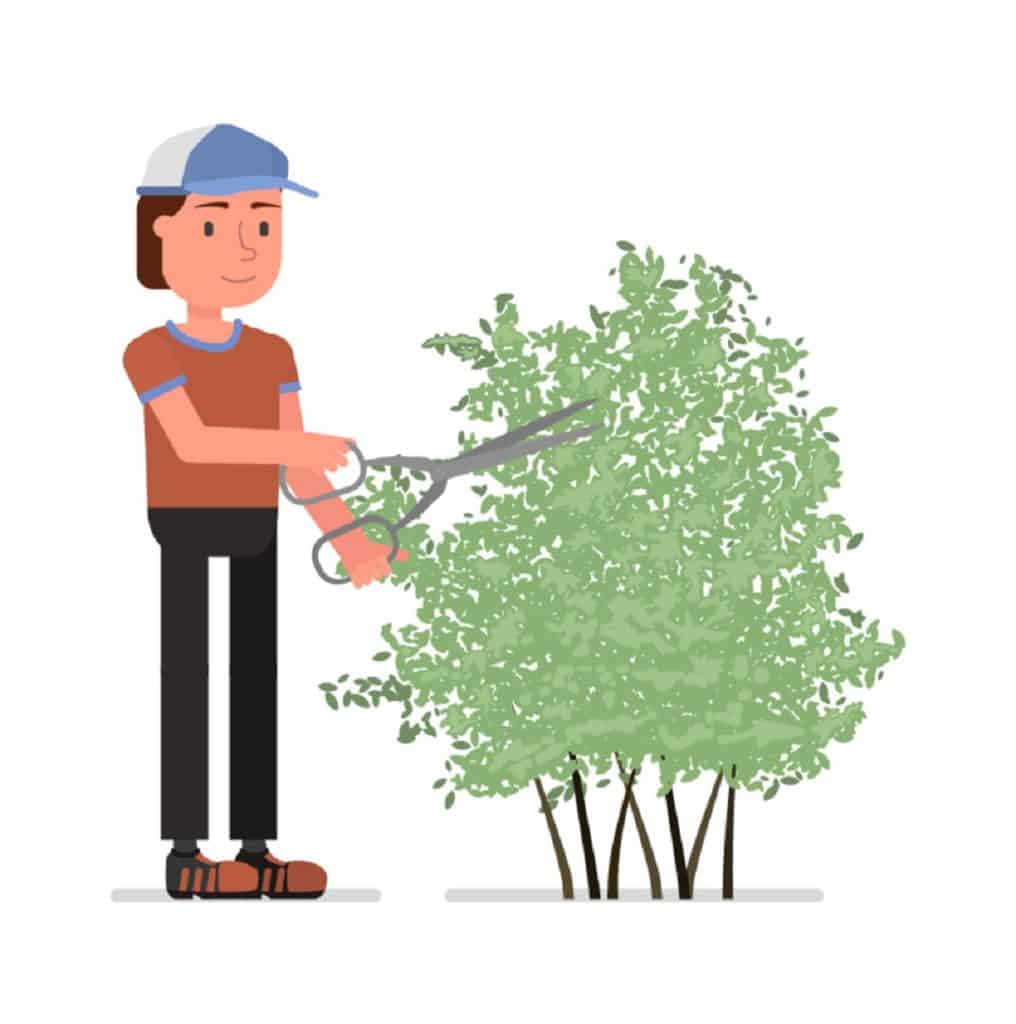
Safety First
Any gardening endeavor should be done safely. Keep the tools sharp, but wear gloves and protective eye gear. Large trees require specialists for major pruning. Ladders and ropes are no substitute for trained arborists with safety gear and lifting equipment on their trucks.
When spring comes, it’s easy to feel the rush of urgency to be doing right away. Treat the plants right with proper pruning to enjoy more growth and beauty as summer approaches.
